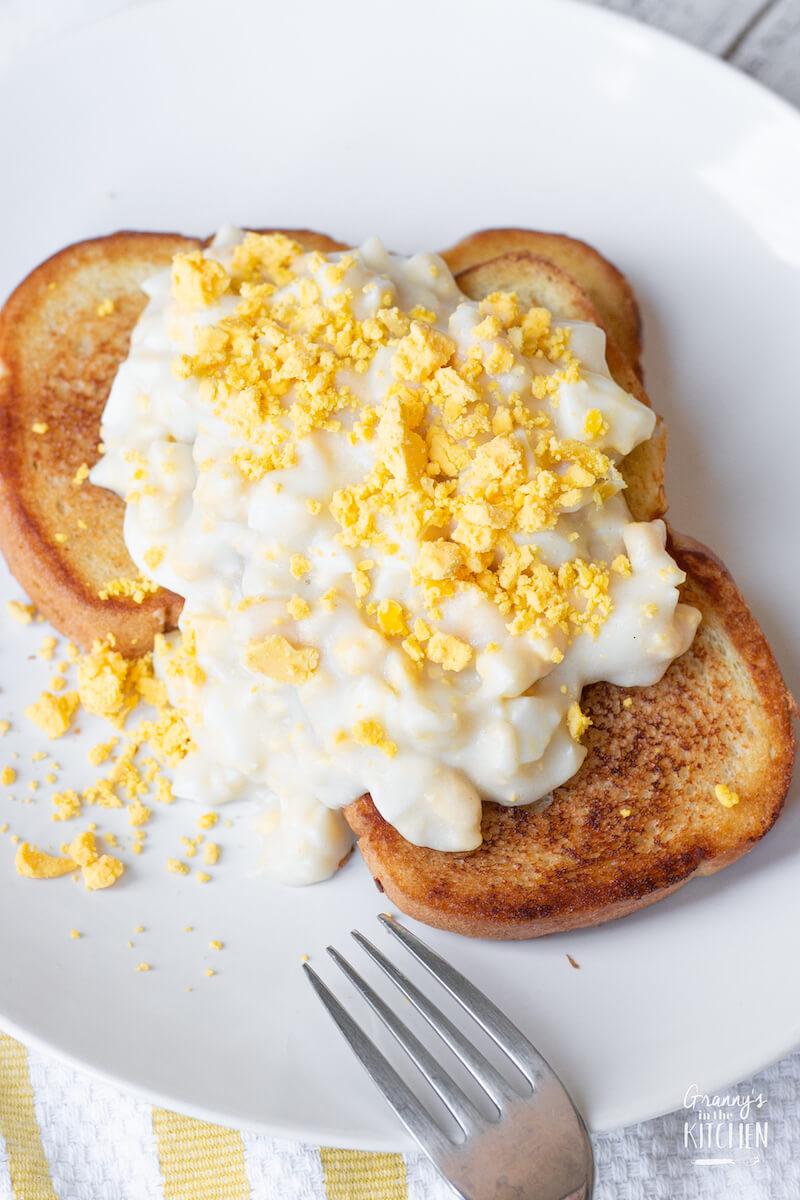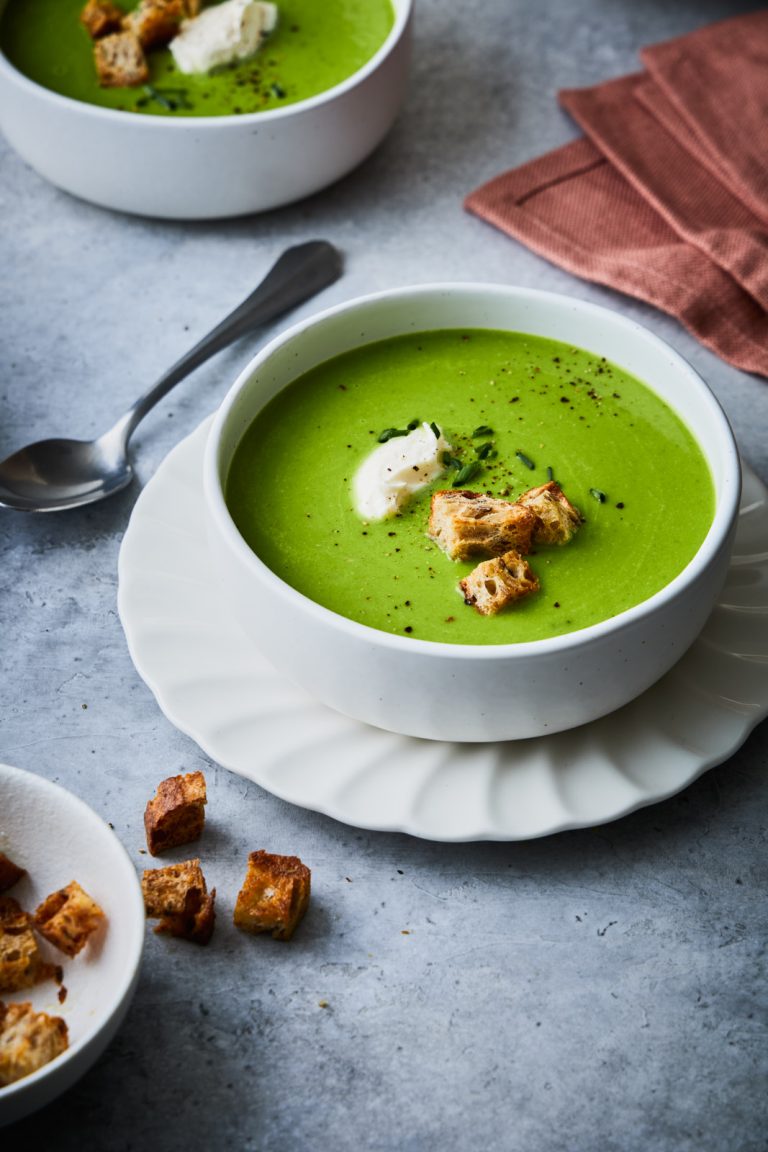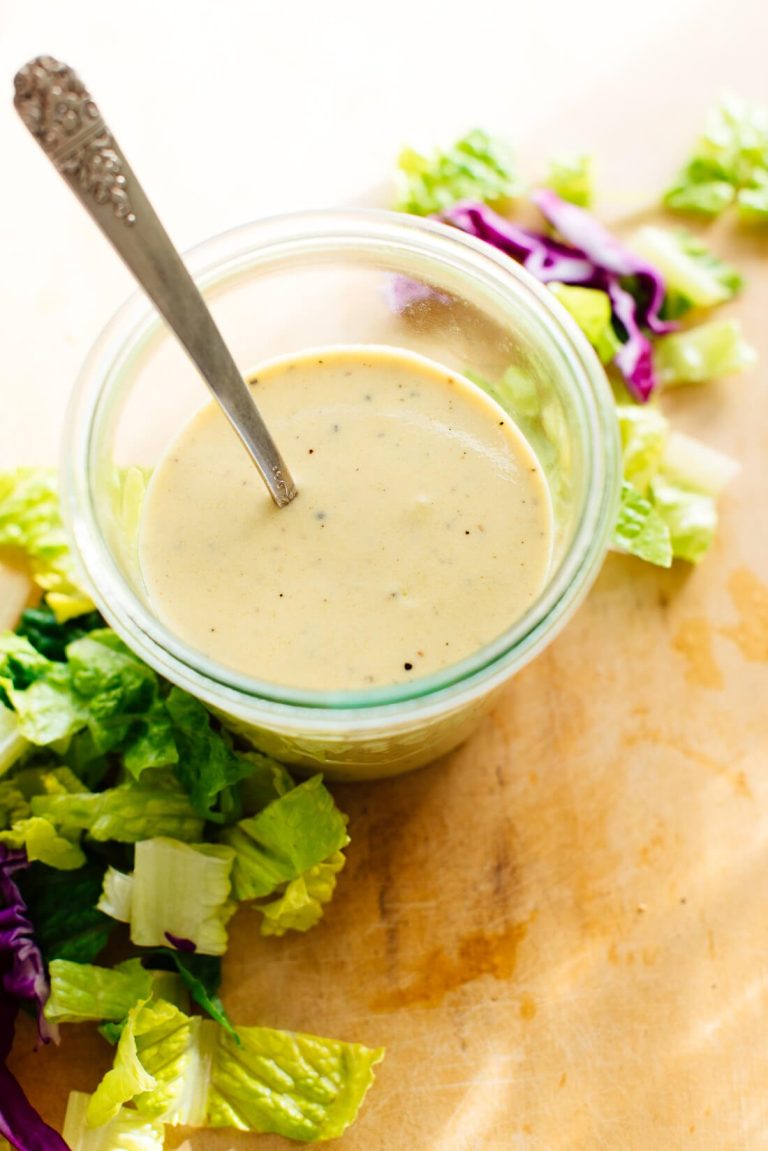Goldenrod Egg: A Step-by-Step Guide to This Elegant Breakfast Dish
Goldenrod egg has origins tracing back to the early 20th century, frequently appearing in American home-cooking literature. Families enjoyed preparing it for breakfast and brunch, appreciating its simplicity and comfort. During the Great Depression, goldenrod egg gained popularity due to its affordability and minimal ingredient requirement. By incorporating basic pantry items, it became a beloved dish in many households.
Modern Applications
Goldenrod egg adapts well to contemporary culinary trends. Today, chefs introduce innovative spins by incorporating ingredients like avocado, smoked salmon, or truffle oil, enhancing its appeal. This dish also fits well into various dietary preferences, such as vegetarian and gluten-free diets. Its versatile nature allows for creative presentation, making it a favorite in brunch spots and gourmet restaurants.
The Science Behind Goldenrod Egg
Chemical Reactions Involved
Goldenrod eggs showcase fascinating chemical reactions during preparation. Egg whites contain proteins that denature and coagulate when heated, transforming from a fluid to a solid state. This process begins around 140°F (60°C) and completes by 180°F (82°C). The yolk proteins set at a slightly higher temperature, around 149°F (65°C). This differential ensures a firm white with a slightly runny yolk, enhancing the dish’s texture.
Lecithin in egg yolks acts as an emulsifier, enabling the integration of fats and water in the creamy yolk sauce. The Maillard reaction, a chemical reaction between amino acids and reducing sugars, imparts the golden hue to the yolk when cooked just right, contributing to the dish’s distinctive appearance and flavor.
The Color Changing Process
The vibrant color of the goldenrod egg is not just visually appealing but also indicates specific chemical processes. When egg yolks are heated, carotenoids (pigments responsible for the yellow color) become more pronounced, enhancing the vivid yellow hue. The moderate heat applied during cooking prevents the breakdown of these pigments, maintaining their bright color.
Additionally, xanthophylls, another class of pigments in egg yolks, intensify as the cooking time increases. Avoiding overcooking preserves these pigments, ensuring the goldenrod egg remains visually striking with its signature golden tint. This careful control of the cooking process guarantees the dish’s aesthetic and nutritional appeal.
Cultural Impact of Goldenrod Egg
Symbolism in Various Cultures
Goldenrod eggs hold different meanings across cultures. In Japan, they symbolize fertility and new beginnings. Traditional ceremonies often feature goldenrod eggs as a wish for prosperity. In European folklore, goldenrod eggs represent luck and happiness. They’re commonly found in celebrations like Easter, symbolizing rebirth and renewal.
Educational Uses
Goldenrod eggs serve as an effective tool in educational settings. They help teach basic cooking techniques, like separating yolks from whites and using heat to manipulate textures. Beyond culinary skills, goldenrod eggs illustrate scientific principles. Teachers use them to demonstrate protein denaturation, emulsification, and the Maillard reaction in simple yet effective ways. Schools also use goldenrod eggs to discuss nutrition, highlighting their high protein content and the vitamins present in the yolk.
Practical Tips for Creating Goldenrod Egg
Required Materials
To create a goldenrod egg, you need basic kitchen tools and ingredients. Gather:
-
Ingredients:
- 4 large eggs
- 1 cup of milk
- 2 tablespoons of butter
- Salt and pepper to taste
- Fresh herbs (e.g., chives, parsley)
-
Tools:
- Medium saucepan
- Whisk
- Mixing bowl
- Sharp knife
- Measuring cups and spoons
- Prepare Eggs:
- Boil the eggs in a saucepan for 10 minutes.
- Cool them under running water, then peel and separate yolks from whites.
- Grate yolks into a fine bowl using a grater and finely chop whites.
- Make Sauce:
- Melt butter in the saucepan over medium heat.
- Add flour and whisk until smooth.
- Gradually whisk in milk until you get a thick sauce.
- Combine Ingredients:
- Stir chopped egg whites into the sauce, adding salt and pepper to taste.
- Cook for 2 minutes, ensuring the mixture is heated.
- Plate and Serve:
- Pour the mixture into a serving dish.
- Sprinkle grated yolks on top for color and flavor.
- Garnish with fresh herbs for a decorative touch.
Conclusion
Goldenrod eggs are more than just a delightful breakfast option; they’re a culinary experience that combines taste, technique, and tradition. Whether you’re a seasoned chef or a kitchen novice, this dish offers an opportunity to explore new skills and impress your guests with minimal effort. With simple ingredients and easy-to-follow steps, you’ll find yourself mastering this elegant recipe in no time. So next time you’re looking to elevate your breakfast game, consider making goldenrod eggs your go-to choice.





